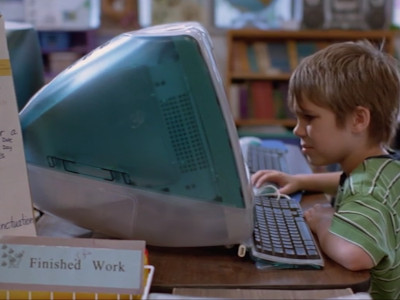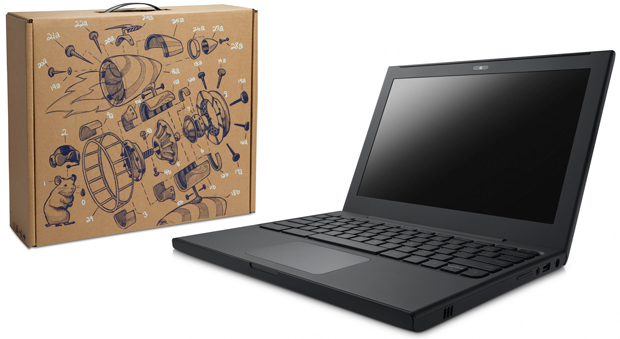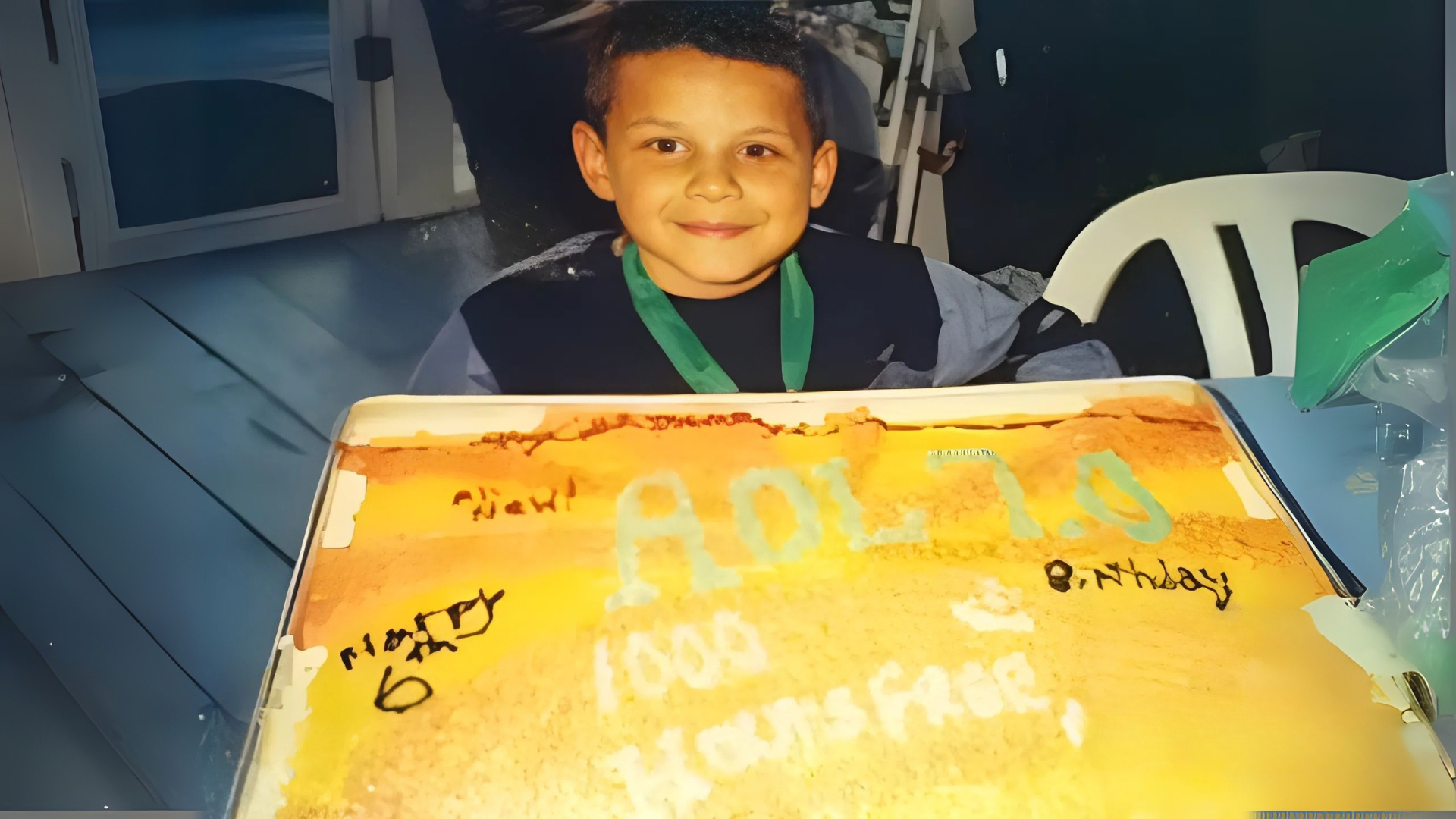
I was born in 1996, the last year of the Millennial generation, but in that strange middle space between Millennials and Gen Z. I wasn’t raised on social media, but I wasn’t exactly offline either. I’m part of a microgeneration often called Zennials. We grew up with floppy disks and Facebook, CD-ROM games and Chromebooks. I started out with dial-up internet and Netscape, and by the time I was in high school, I was using iPhones, apps, and watching Vines on Sprint 3G. The speed of tech progression wasn’t just fast, it was personal. I didn’t just witness it. I lived it, shaped by it every step of the way.
This story is going to be told in a way that groups topics and ages together as best as possible.
The First Sparks (Grades K–1, Ages 4–6)
My tech journey started at home. According to my mom, I was too curious for my age. I was the kind of toddler who shoved a dollar bill into the floppy disk drive just to see what would happen.
I collected AOL CDs like they were treasure. They came in the mail, in magazines, on flyers, at Walmart. I stacked them up and memorized the version numbers like it was a game. When I turned six, I even asked for my birthday cake to look like an AOL 7.0 disc. My mom made it happen. At the time, I thought it was amazing. Looking back, it’s a little embarrassing.
Early School and AOL Mayhem (Grades 1–3, Ages 5–8)
At school, I was surrounded by those colorful G3 iMacs. I loved them. My first-grade teacher noticed I had a knack for tech and would ask me to help her log into her AOL email. She gave me her password. It had something to do with pizza. Maybe it was her favorite food, or maybe it was because her fiancé owned a pizzeria.
At home, things got a little out of hand. My family lived outside of Utica, New York and one day I decided to explore the AOL dial-up settings. I found the list of access numbers and, thinking I was being clever, I changed it to a Syracuse number. I had no idea what long distance was. I figured Syracuse was a bigger city, so maybe it had faster internet. The next phone bill made it very clear that was not the case. That was the day I got banned from the computer.
Reintroduction to Windows and Novell Curiosity (Grade 4, Age 8–9)
I changed school districts in fourth grade and was reintroduced to Windows, but this time in a connected enterprise-style environment. The school ran a mix of Windows 95 and 98 and used Novell for login authentication. Each student had their own login credentials. I became fascinated with how the system worked. It was the first time I saw managed user accounts, centralized access, and a technical structure I didn’t know existed before.
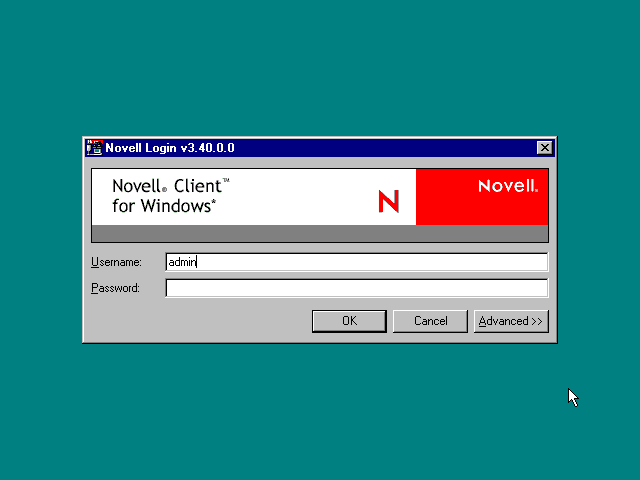
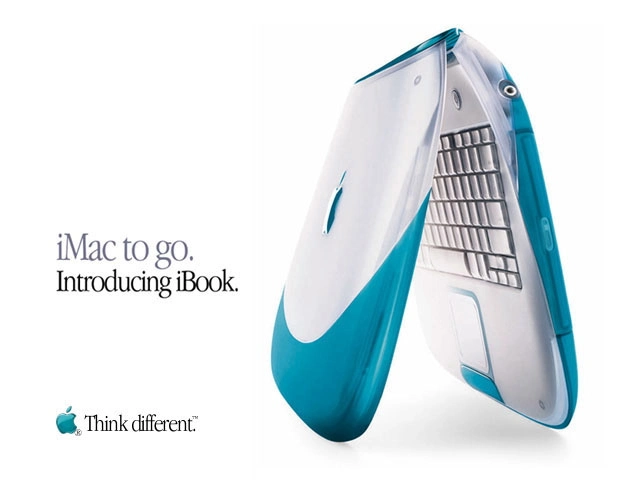
My First Laptops and Exploring Again (Grades 5–6, Ages 9–11)
After the AOL incident and some time away from the family PC, I was given my first laptop, a Compaq Presario 1611 or something similar, by a family friend. It ran Windows 98 SE and had no WiFi or internet, but I didn’t care. I spent hours exploring it, digging through the file system, experimenting, and learning by doing.
Then in 2007, my parents brought home a translucent blue iBook G3 from 1999. It was the first device I had that could connect to WiFi. My aunt, who lived with us at the time, had a PowerPC MacBook and would wander around the house trying to pick up open networks. I watched her and applied the same principle. With the iBook, I finally could. It was old and couldn’t run much, but I loved it. It reconnected me with Macs and reminded me of the ones I had used in school.
Church Media Booth and Real-World Practice (Grades 6–8, Ages 10–13)
When I was ten, I was introduced to the media booth at my church. I started shadowing the team and quickly found myself fascinated by everything going on behind the scenes. From the sound system to the media computers, I wanted to understand it all.
I had a mentor who showed me how things worked. He let me explore, encouraged me to ask questions, and gave me space to learn. He moved on just as I started high school, and I began stepping into more responsibility.
In 2008 or 2009, the church gave me a Dell Latitude D600 laptop primarily to help with the church website. Anything else I used it for was a bonus. I installed SongShow Plus on it and used it to run youth worship slides. That laptop gave me a sense of real responsibility and capability.
Around the same time, my parents had a desktop running Windows 2000. Based on what I was learning in the booth, I upgraded it to Windows XP. I used a USB WiFi adapter on an extended cable to pick up open networks from a neighbor. It actually felt fast at the time when it worked.
In 2012, I helped guide the church’s transition from SongShow to ProPresenter on an iMac. I also managed the church domain and hosting all through high school. I didn’t just treat the website like a tech project. I saw it as an outlet to reach people. It was no different to me than giving out invite cards or tracts.
Flip Phones, iPods, and Prepaid Hustle (Grades 6–8, Ages 10–13)
My first cell phone came in fifth grade. It was a basic Motorola bar-style TracFone my mom gave me for a field trip to Boston. Other kids had flip phones. I didn’t care. I was excited just to have a phone.
In middle school, I got a Verizon prepaid flip phone and carried it alongside my iPod Nano. My parents didn’t cover my phone plan, so I did odd jobs and saved up to pay for minutes. In 2009, I got a first-gen iPod Touch. I finally had apps, messaging, music, and internet when I could find WiFi.
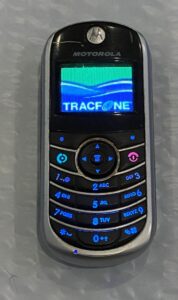
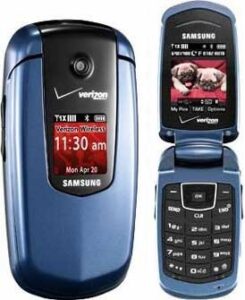
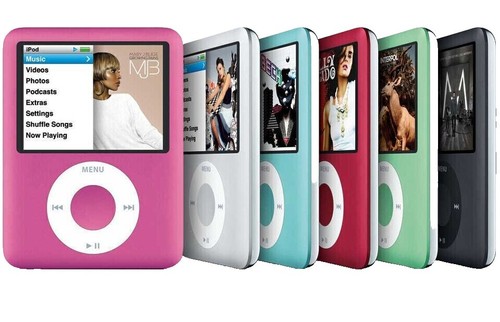
Juggling Devices and Finding My Groove (Grades 9–11, Ages 13–16)
Between 2009 and 2011, I juggled between a hand-me-down Motorola Backflip and an old iPhone 3G. The Backflip was one of the coolest phones I ever had at the time. I learned how to root it and install different custom versions of Android, which opened up a whole new world of exploration. I rotated devices, used prepaid service when I could afford it, and relied on WiFi when I couldn’t.
In tenth grade, my grandma wanted a way to call and text me without tying up the family landline, so she bought me an iPhone 4 on Sprint. It opened up more reliable communication and gave me a consistent way to stay connected with people and resources I needed. By senior year, I upgraded to an iPhone 5S with LTE.
Throughout late elementary school and into early high school, AIM was my primary way to stay in touch with school friends. I wasn’t allowed to have a Facebook account until around 2009 or 2010, so AIM filled that gap. I’d log in after school, customize my away messages, and carry on conversations that helped me feel more connected to my classmates even after the bell rang.
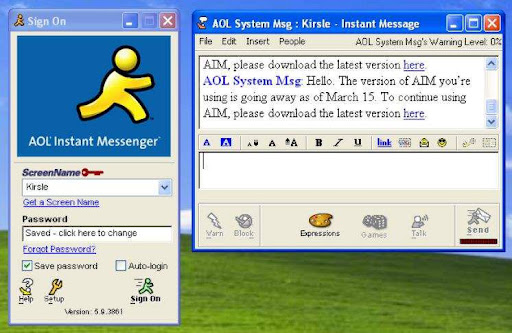
The Chromebook, the Liaison, and Cisco Playground (Grade 12, Age 16–17)
Around the same time, I picked up one of the first-generation pilot Chromebooks off Craigslist, the CR-48. It was the all-black pilot model. It was like a knock-off black MacBook in design. I thought the concept was fascinating. A computer that ran entirely in the browser. I used it for years.
In my junior and senior year, I joined a trade program at BOCES that focused on Cisco networking. We built out networks, worked on servers, and took machines apart. It was a hands-on environment where I could explore hardware, software, and the systems behind it all.
That summer between junior and senior year, I took on a job at a computer repair shop in the next town over from where I grew up. The opportunity came through a referral from my BOCES instructor. It was a great fit. I spent the summer troubleshooting, repairing desktops and laptops, and even assembling new computer builds for customers. It gave me a sense of pride and responsibility and even more hands-on knowledge with hardware outside of school.
By senior year, I was asked to be the public relations liaison for my school district. There wasn’t a full-time person managing the website or social media, so they handed it over to me. I was given a white MacBook and an iPad to use. I finally had good equipment, real responsibility, and creative freedom.
Connecting with My Community and Career Path
During my early teenage years, I became the go-to person at church for tech help. I spent a lot of time with an older gentleman in our congregation between Sunday morning and evening services. He would ask me questions about computers and I’d walk him through answers or research them so we could learn together. It became a regular rhythm, and I genuinely looked forward to it.
Beyond that, I started helping other families in our church throughout middle and high school. Whether it was cleaning up viruses, installing software, or just showing someone how to use a program, I became the unofficial tech support person for many of them.
That experience carried me into college. I chose to pursue Information Systems at Le Moyne. Before I even began my freshman year, I applied for a job at the campus Help Desk and got it. That role evolved over the years from basic troubleshooting to managing classroom technology, user accounts, and device support. I eventually moved into more technical sysadmin work, including imaging, deployments, and maintaining enterprise systems.
The foundation I built as a curious kid, a church volunteer, and a high school tinkerer set the stage for everything that followed. My journey through tech wasn’t linear. It was lived, earned, and shaped by a constant pursuit of understanding.
What Being a Zennial Taught Me
Being a Zennial meant growing up in the middle. I didn’t just experience technology as it changed. I lived through the shift. I wasn’t handed devices. I scrounged for them. I didn’t always have service. I paid for it myself. I learned how things worked because I had to. I didn’t grow up surrounded by technology. I grew into it, explored it, broke it, fixed it, and eventually came to love it.
Younger generations are growing up in a different kind of digital world. Their experience is built around polished apps and curated environments. Many don’t know the feeling of trying to figure out how to make things work. They aren’t tinkering in the same way. Their first exposure to technology is often through seamless, simplified platforms that don’t encourage understanding what’s under the hood.
But we grew up differently. We knew the noise of dial-up. We learned how to fix things because we broke them. We didn’t just get tech, we earned it. And that gave us perspective, adaptability, and grit.
In my life today, I carry all of that forward. Whether it’s helping users understand the tools they use, thinking strategically about systems, or finding ways to translate between business needs and technical solutions, I’m a connector. I bridge people to technology, old to new, and insight to implementation. I find myself applying the same curiosity, resourcefulness, and hunger to learn as I did all those years ago—only now, it’s focused on empowering others, solving real-world problems, and finding clarity in complexity.
That’s the legacy of a Zennial. We’re not just a generation between. We’re a generation that understands both sides. And we’re building the bridges that help others move forward too.
